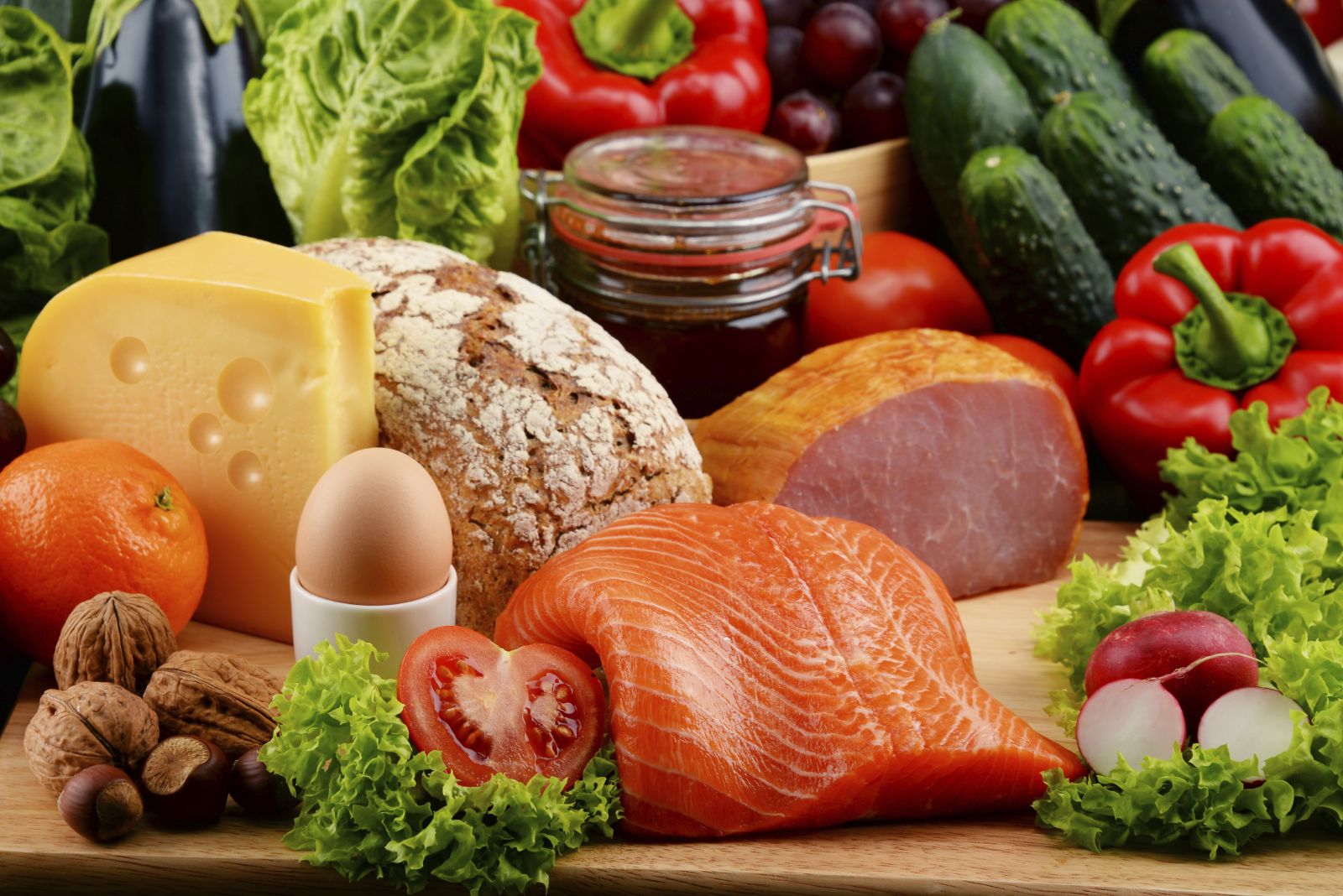FDA Plans to Rethink “Healthy” Food
 Why the FDA may change its definition of healthy, and how it could impact people with diabetes. Plus, what's coming to nutrition labels?
Why the FDA may change its definition of healthy, and how it could impact people with diabetes. Plus, what's coming to nutrition labels?
What does it mean for a food to be healthy? The FDA could be changing how it answers that question, recently sharing that it will be reassessing its official definition for “healthy” food. This definition dictates the foods that can be labeled as “healthy” on their packaging – and subsequently influences what people might buy at stores when looking for healthy options. The FDA’s decision to re-evaluate these criteria comes after pressure from public health advocates and even members of the food industry to rethink its definition. According to the announcement, "We [the FDA] plan to solicit public comment on these issues in the near future." This announcement came days before new FDA nutrition labels were announced, which come with several major changes including larger type size for "Calories" and the addition of "added sugar" on labels. We'll follow up with more on this later!
Currently, the FDA defines “healthy” based on criteria set in 1994:
- Low in fat, saturated fat, sodium, and cholesterol
- Must contain at least 10% daily value of either Vitamin A, Vitamin C, iron, calcium, protein, or fiber
Why change the definition? As nutrition research continues to evolve, the science behind the initial 1994 criteria has been questioned. As the Wall Street Journal reported, “When the term ‘healthy’ was first officially defined in 1994, low fat content was the main focus of health professionals. Sugar wasn’t on the FDA’s, or most nutritionists,’ radar.” Indeed, many scientists are now focusing on the role of added sugar in our diets and its impact on health. There is also rising evidence that good fats – nuts, seeds, olive oil, fish – can improve health in meaningful ways.
Supporters of the effort also point to contradictions between FDA labeling and the US Department of Agriculture’s “MyPlate” recommendations, which define a “healthy diet” for adults as:
“Fruits, vegetables, whole grains, and fat-free or low-fat dairy products are healthy choices. Include protein foods such as poultry, fish, beans, eggs, nuts and lean meats. Choose foods that are low in saturated fats, sodium, and added sugars.”
Under the FDA’s current guidelines, some foods on the MyPlate list – including fish and nuts – are not considered healthy. However, many foods with high levels of added sugars still technically meet the FDA’s healthy criteria.
Ultimately, what defines “healthy” eating can change person to person – particularly for people with diabetes. As Senior Editor Adam Brown shares in his “Diet Commandments,” it can be helpful to brainstorm what general eating strategies work best for a specific individual. Adam’s own “commandments” include limiting carbs to fewer than 30g in one sitting, eating more vegetables, drinking water or unsweetened tea, and cooking his own food. See his full list and questions to help brainstorm your own here.
Read the full FDA announcement here. -AJW







